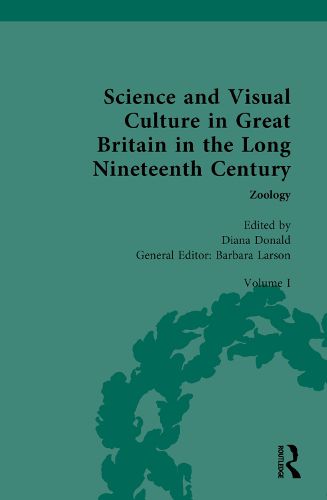Readings Newsletter
Become a Readings Member to make your shopping experience even easier.
Sign in or sign up for free!
You’re not far away from qualifying for FREE standard shipping within Australia
You’ve qualified for FREE standard shipping within Australia
The cart is loading…






This volume is an edited collection of primary sources which throw light on the interplay between zoology and visual culture in nineteenth-century Britain. A great extension of knowledge of the natural world in the Victorian era was accompanied by a flowering of new forms of scientific illustration, which ranged from prints and taxidermy to dioramas and early photography. The notion of 'survival of the fittest' inspired imaginative artists such as Landseer, who expressively pictured animals' strife and suffering in the wild. At the same time, however, wild nature was presented as a thing of beauty, especially in decorative designs featuring birds in natural settings - often influenced by Japanese art. Finally, the book exemplifies the Victorians' strategies for communicating new scientific knowledge visually to the lay public, whether in museum displays, zoos, aquaria, popular publications or illustrated lectures that combined education with entertainment. This title will be of great interest to students of the History of Science and Art History.
$9.00 standard shipping within Australia
FREE standard shipping within Australia for orders over $100.00
Express & International shipping calculated at checkout
This volume is an edited collection of primary sources which throw light on the interplay between zoology and visual culture in nineteenth-century Britain. A great extension of knowledge of the natural world in the Victorian era was accompanied by a flowering of new forms of scientific illustration, which ranged from prints and taxidermy to dioramas and early photography. The notion of 'survival of the fittest' inspired imaginative artists such as Landseer, who expressively pictured animals' strife and suffering in the wild. At the same time, however, wild nature was presented as a thing of beauty, especially in decorative designs featuring birds in natural settings - often influenced by Japanese art. Finally, the book exemplifies the Victorians' strategies for communicating new scientific knowledge visually to the lay public, whether in museum displays, zoos, aquaria, popular publications or illustrated lectures that combined education with entertainment. This title will be of great interest to students of the History of Science and Art History.